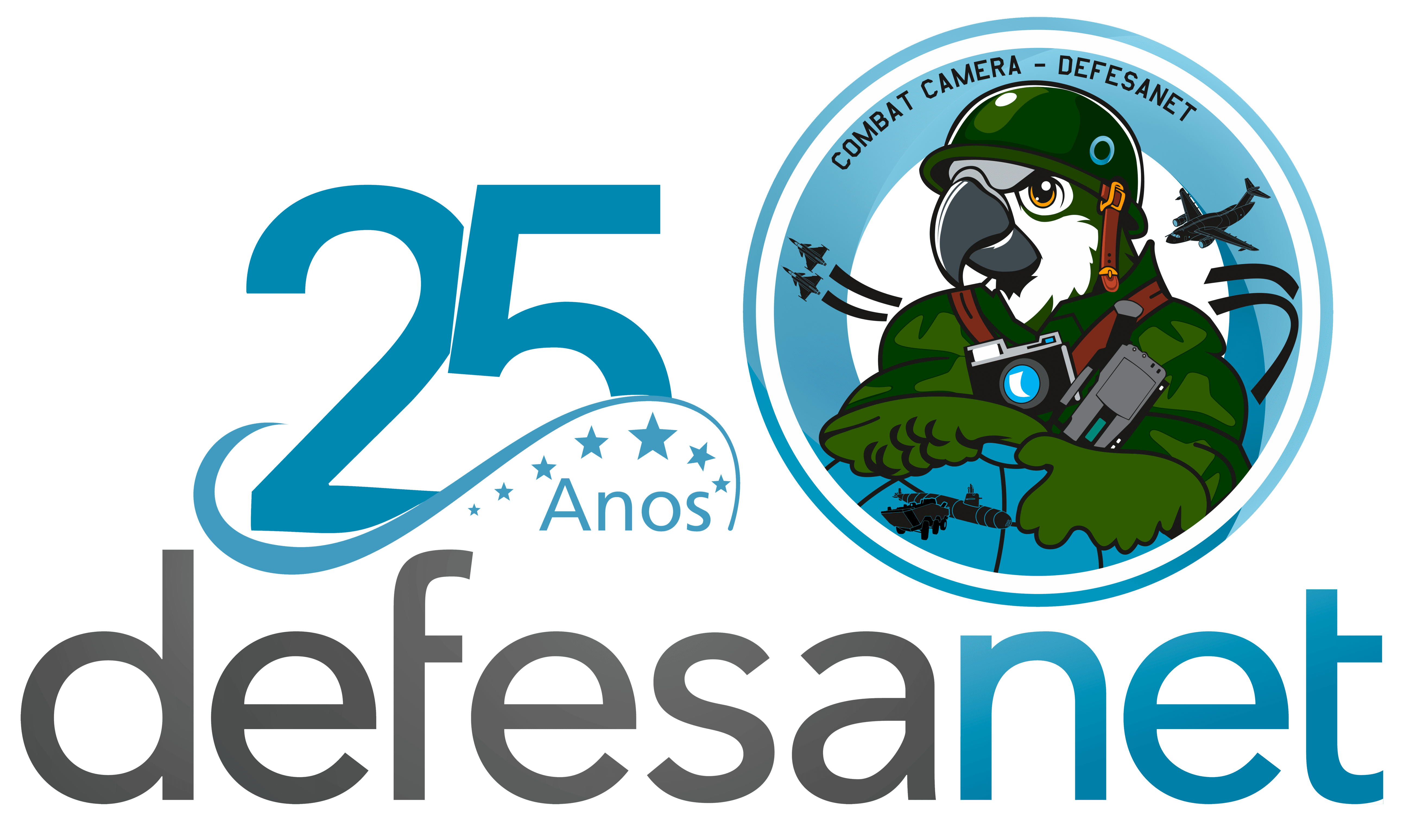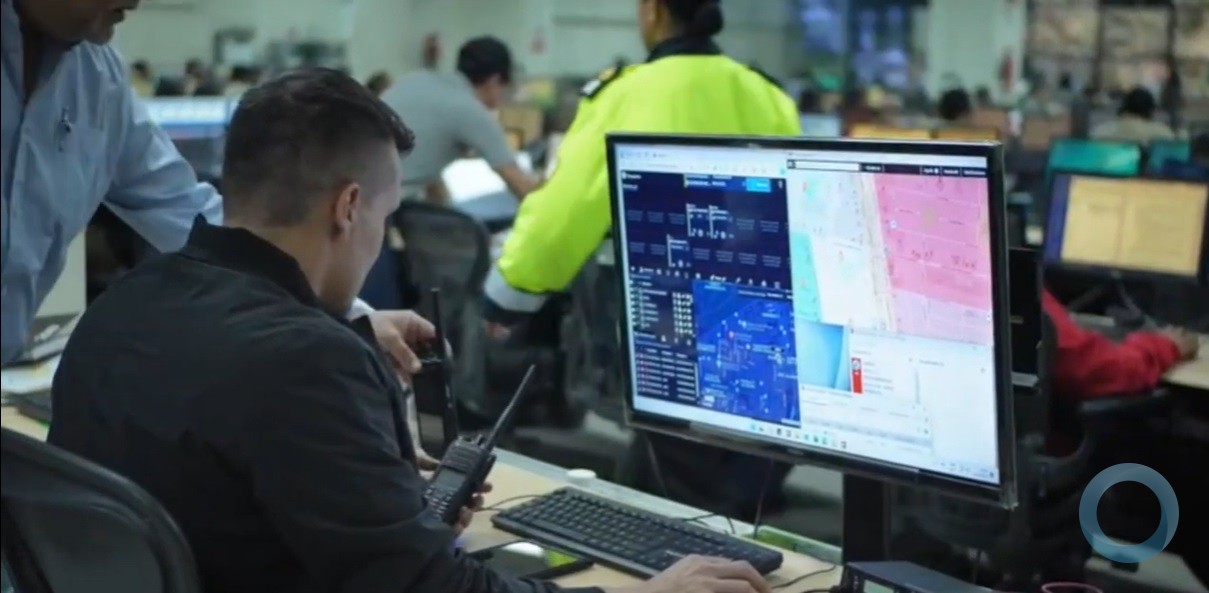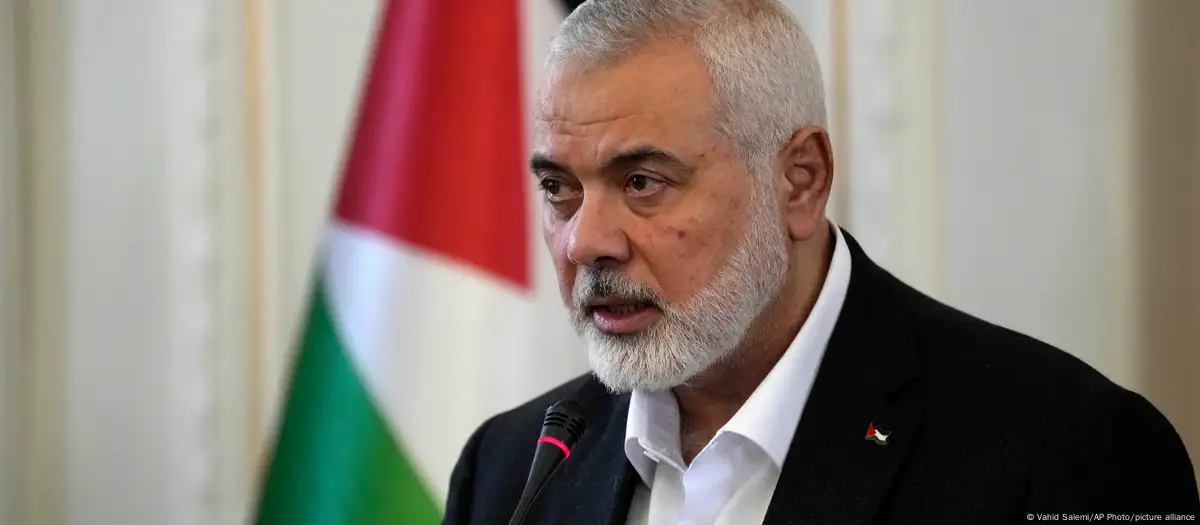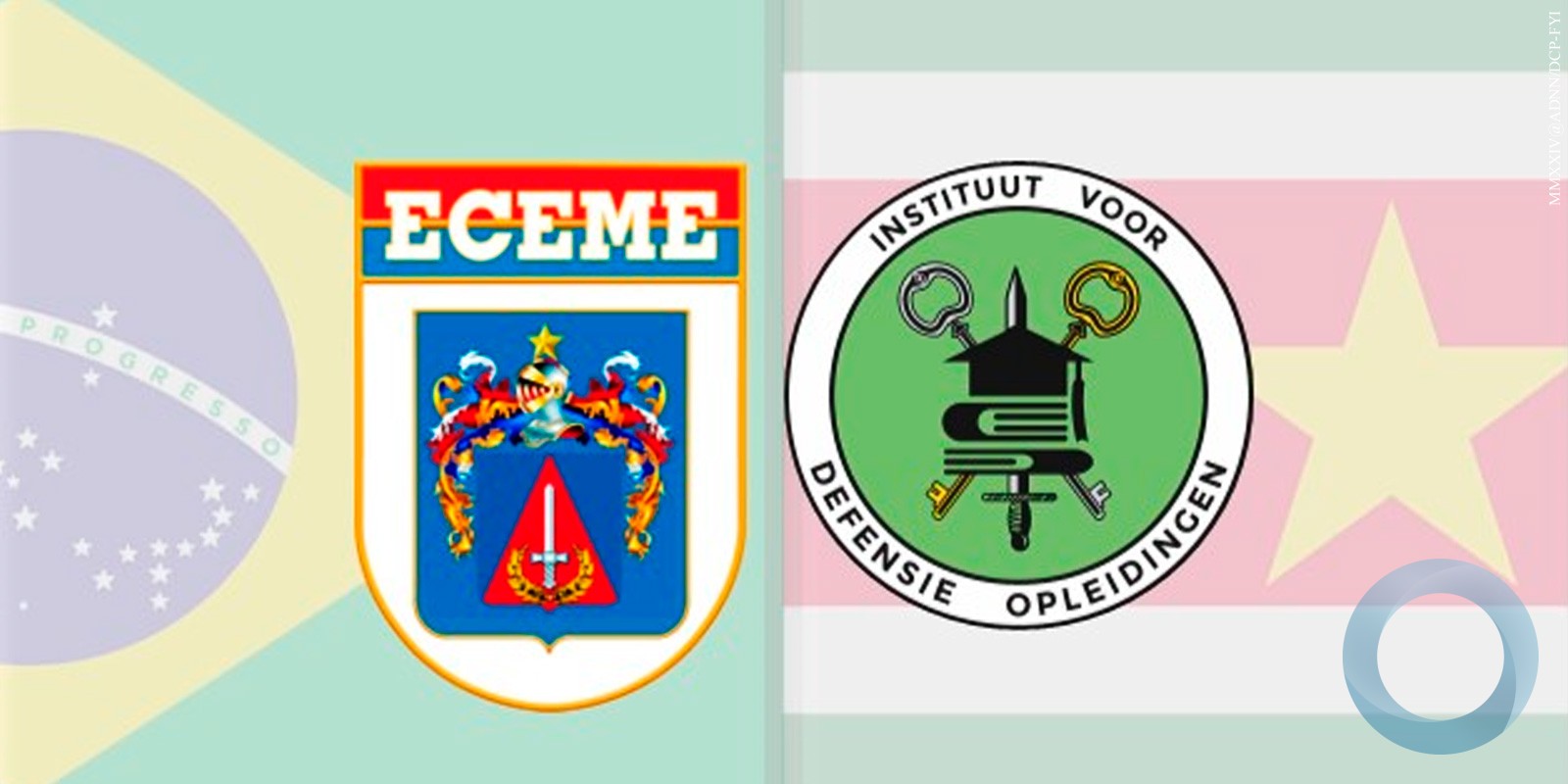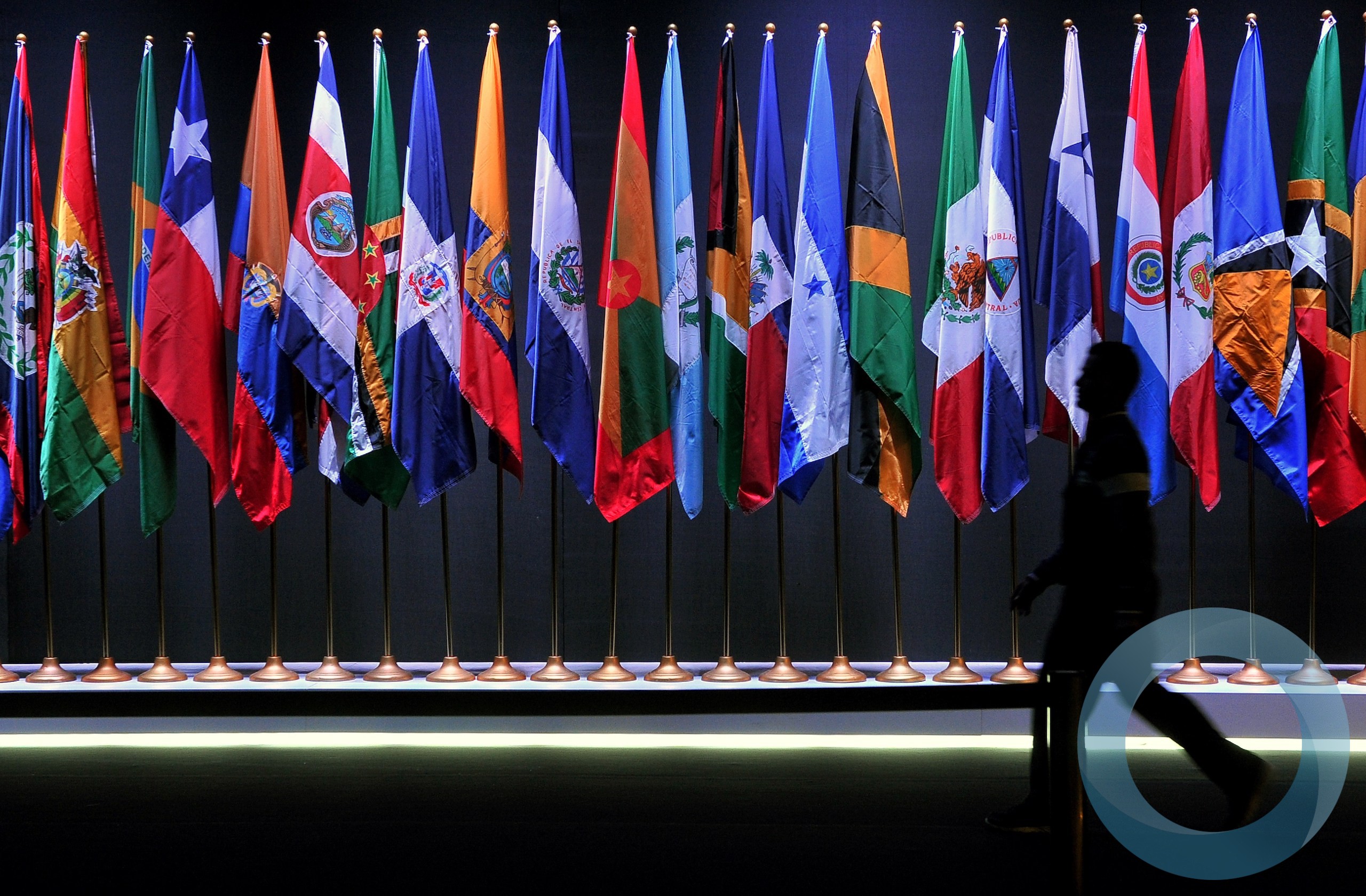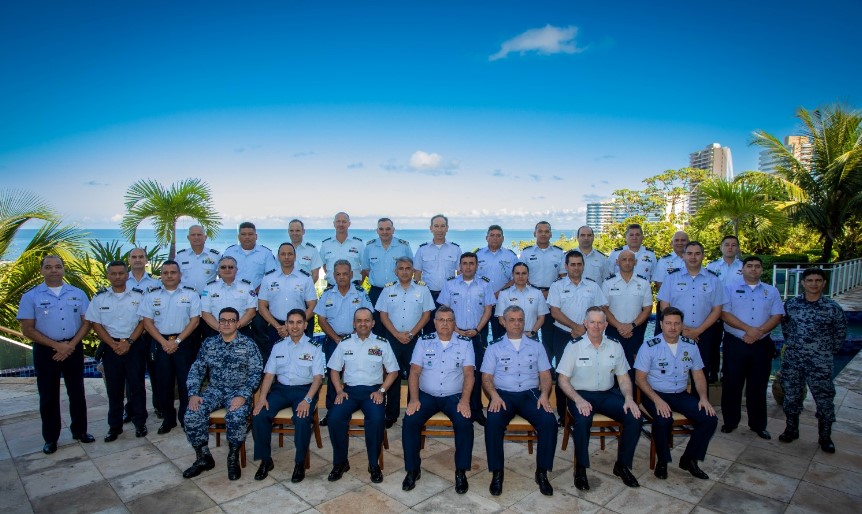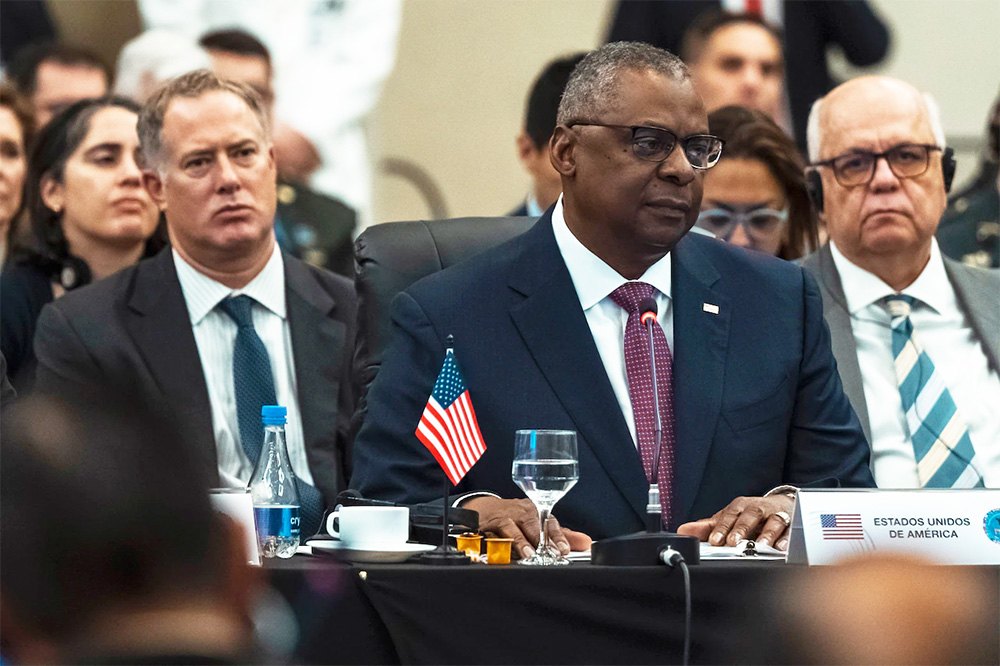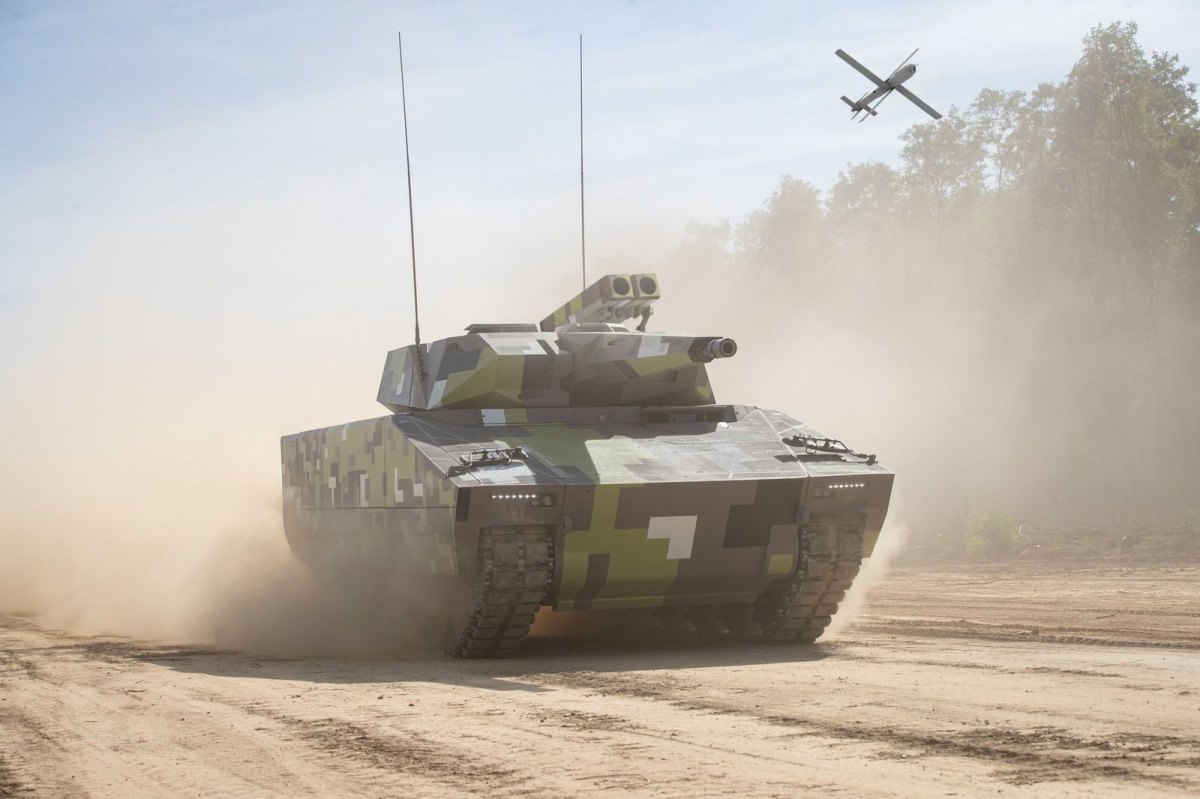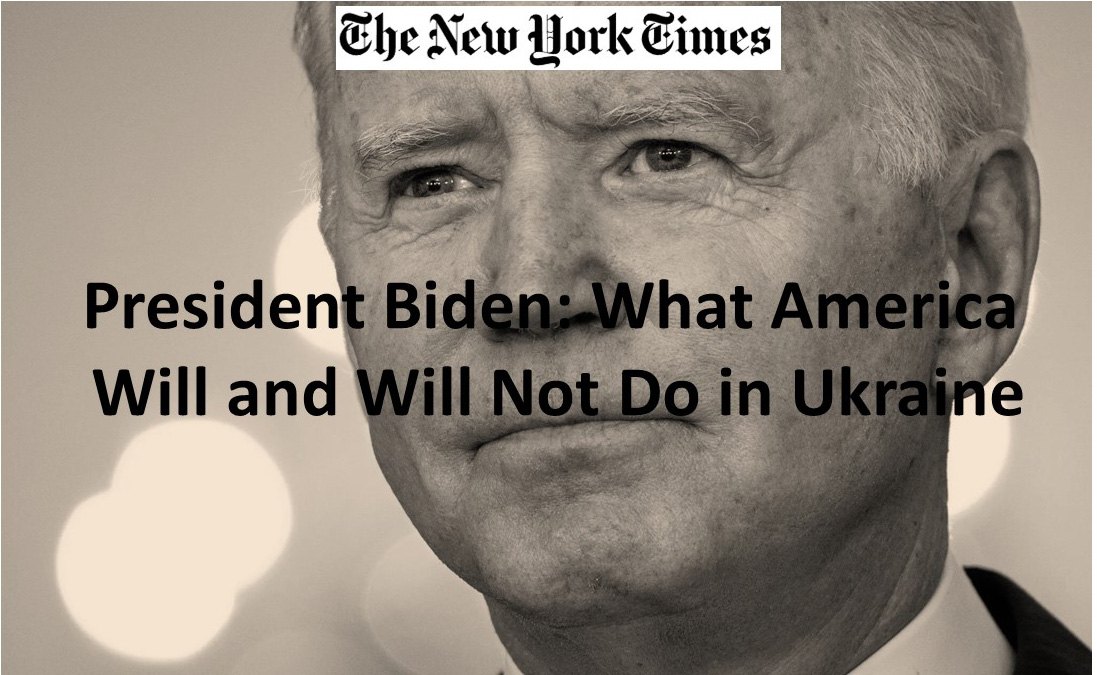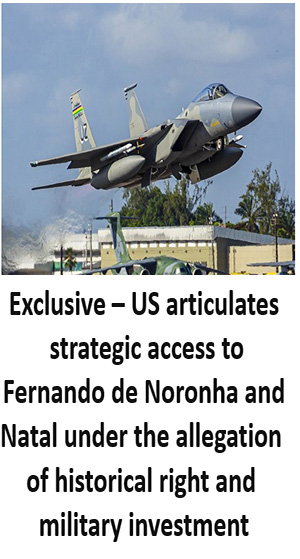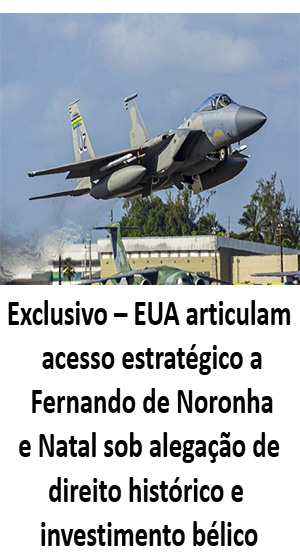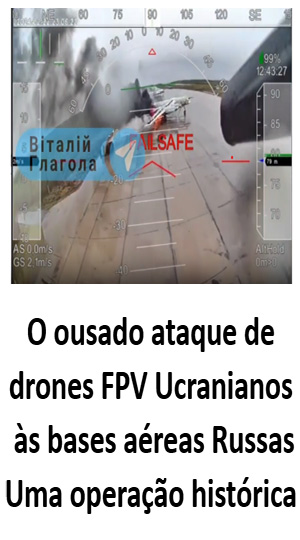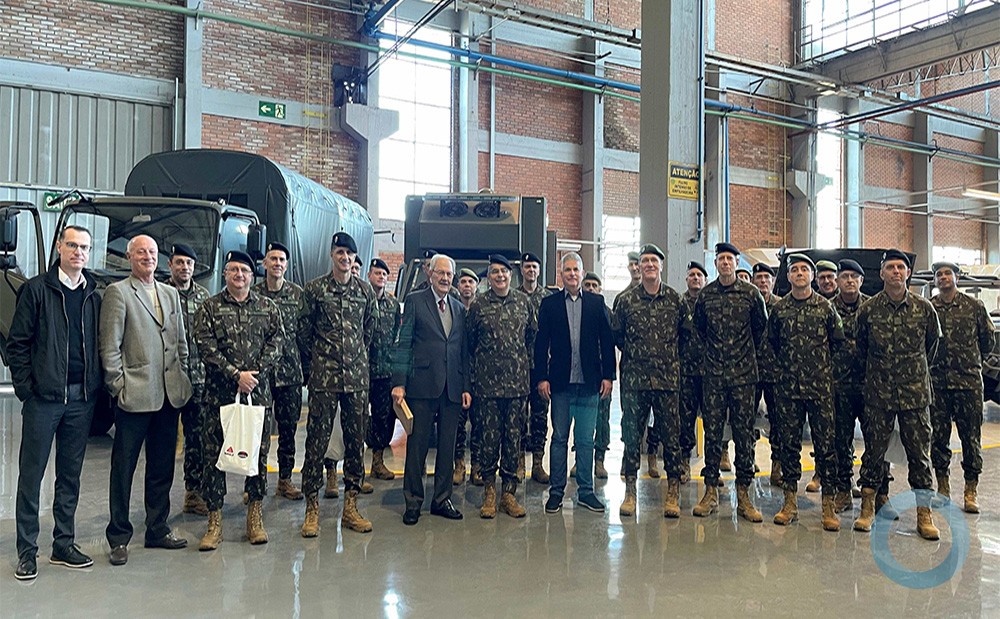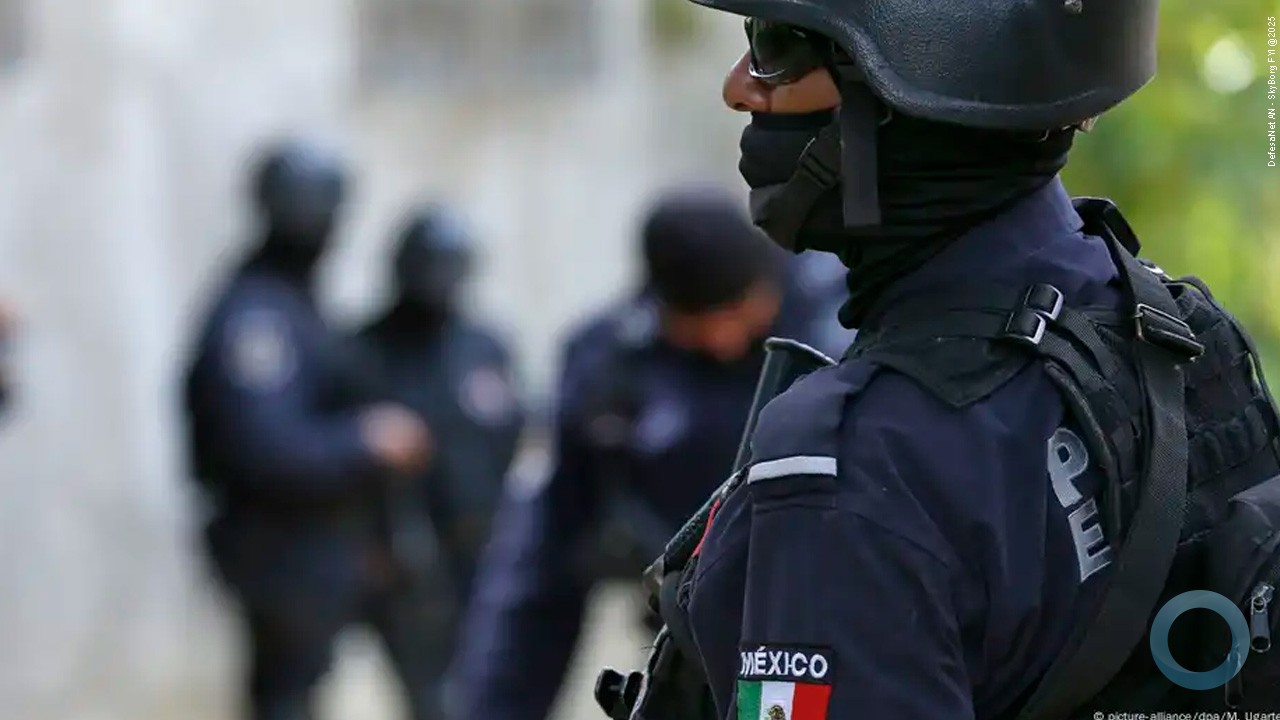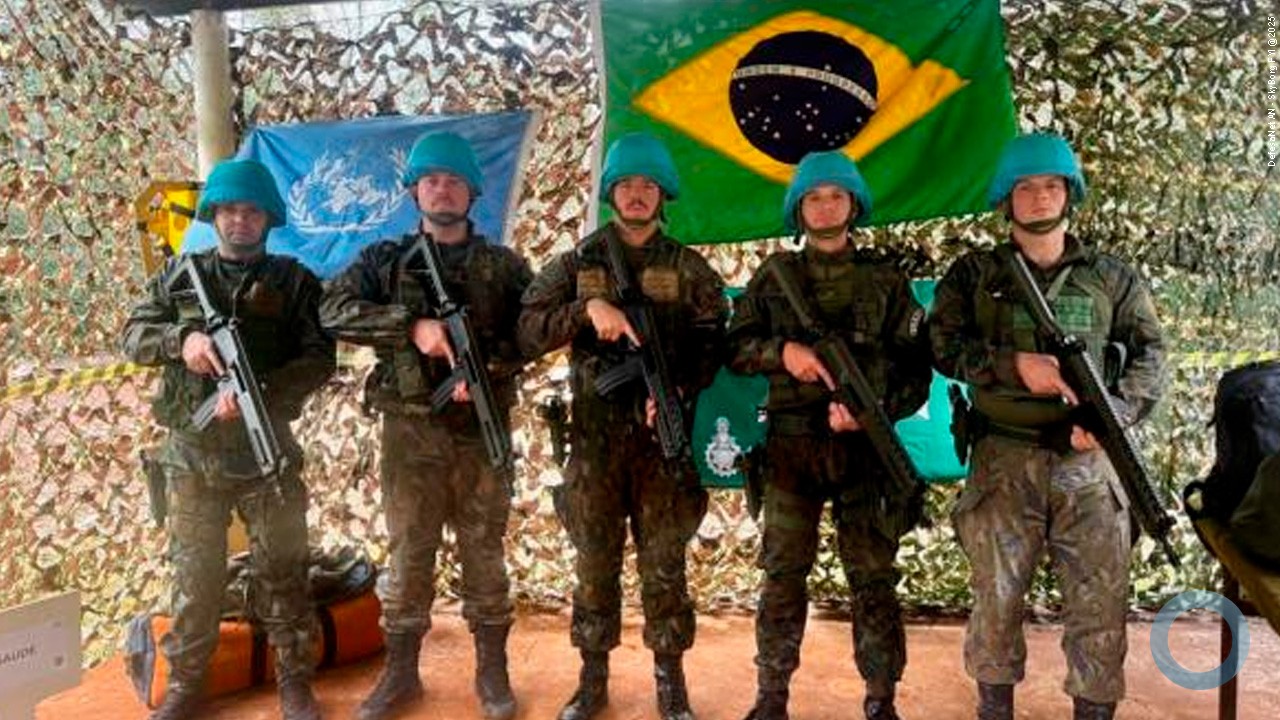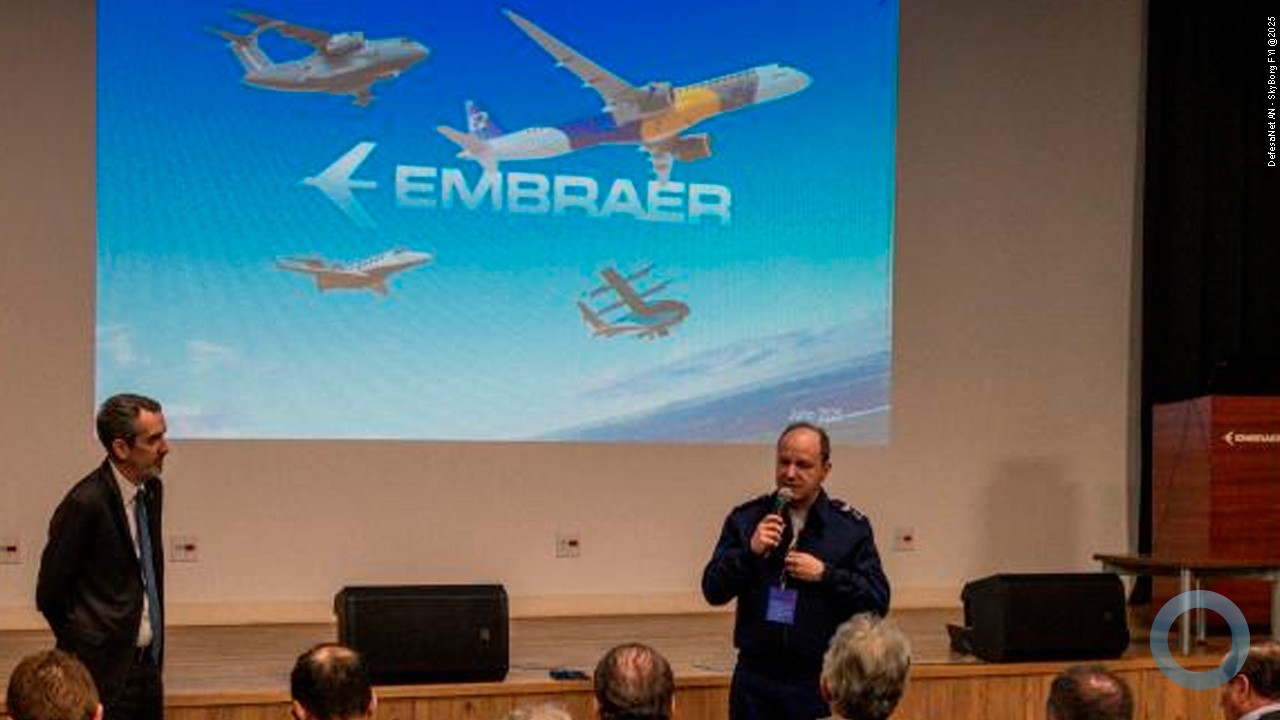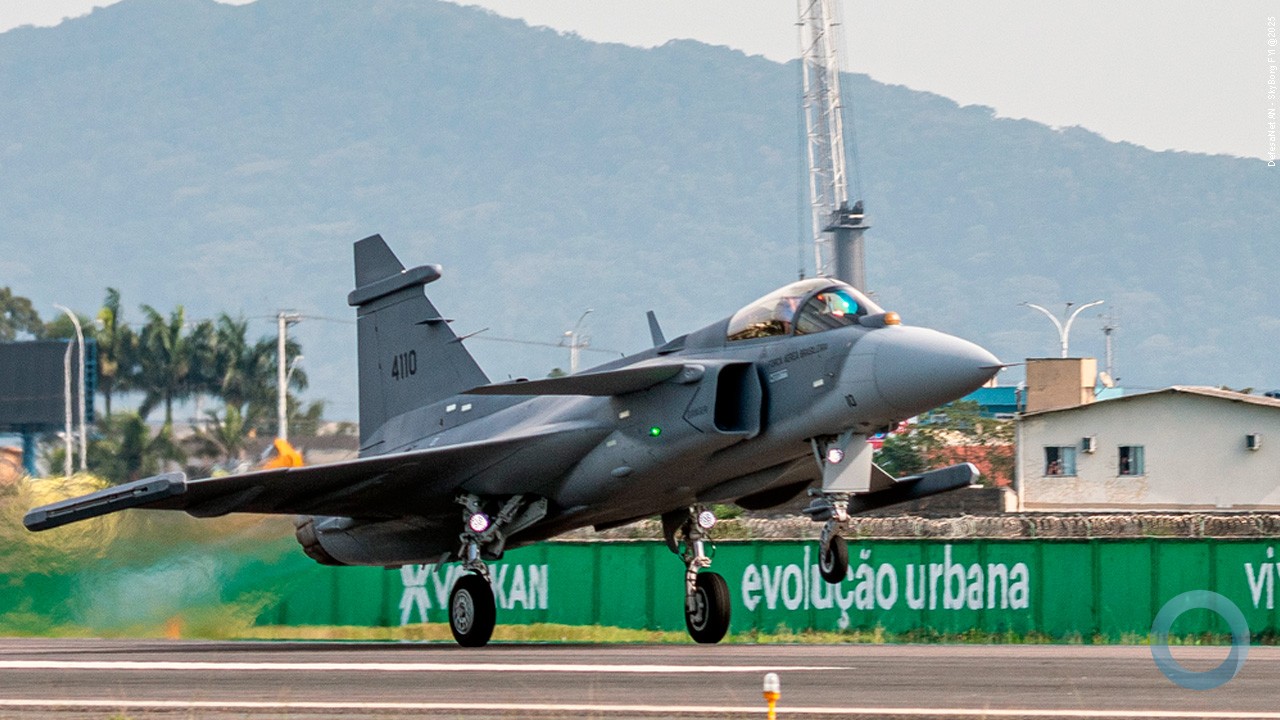Santiago Wills
The Colombian National Army is forming its first ever Combined Arms Task Force to prepare for hybrid wars, transnational criminal organizations and urban warfare, as well as regional conventional threats such as transnational criminal organizations. Its goal is to transform the Colombian Army from an infantry-led institution to a more dynamic force, based in part on concepts used by Chilean and U.S. Brigade combat teams.
“We activated a Combined Arms Task Force so as to have a referent for all of the Army’s units,” said Colonel Fernando Farfán Castro, Commander of the Joint Task Forces, who spoke during a presentation at the 4th annual Armored Vehicles Latin America conference held in Bogotá, Colombia from June 30th to July 1st. “We are looking to the future and to the capacities of land units.”
The task force, which is currently training in the country's northern regions, integrates refurbished EE-9 Cascavel armored reconnaissance vehicles, M113A2 armored personnel carriers, and EE-11 Urutu armored vehicles with Humvees and 32 newly acquired American LAV III 8x8s that cost $84 million. The new unit is part of the Colombian Military’s Minerva Plan — a 15-year $300-million initiative that seeks to modernize the Armed Forces and prepare them for new operations that go beyond the country’s internal conflict with terrorist guerrilla groups such as the Revolutionary Armed Forces of Colombia (FARC) and the National Liberation Army (ELN).
A new approach
“We can’t limit ourselves to attack and defense,” said Army Colonel Luis Carlos Martínez Cristancho, the head of the Lessons Learned branch of the Minerva Plan, an office in charge of preserving Colombia’s acquired Military knowledge. “We also need to carry out peacekeeping operations. We need to rise to a different level.”
The Combined Arms Task Force is an important step to reaching that goal. It's the first component of what is projected to become a fully functioning Combined Arms Brigade with armored Infantry, Cavalry, Reconnaissance, Engineer, Communications, and Aviation units.
In recent years, Colombia has focused its assets and resources on combatting the FARC, the ELN, transnational criminal organizations and local gangs. Consequently, the government has not spent much money on its fleet of armored vehicles until recently , said retired Major General Luis Hernando Barbosa Hernández, a former commander of the Army’s Fourth Brigade. He's also a consultant for the government on armored vehicles.
The possible end of the conflict with the FARC and other guerrilla groups could change the government's national security priorities. Consequently, the Armed Forces are preparing for different public safety challenges.
For example, the mobile armored vehicles can be used not only in conventional and urban warfare, but also to counter other threats, such as drug-smuggling operations. They're being deployed in a wide range of terrains, from deserts to swamps to jungles, to shut down drug trafficking routes.
“We are an on-the-ground laboratory that observes how these armored vehicles behave,” said Colonel Farfán Castro. “And we are succeeding.”
